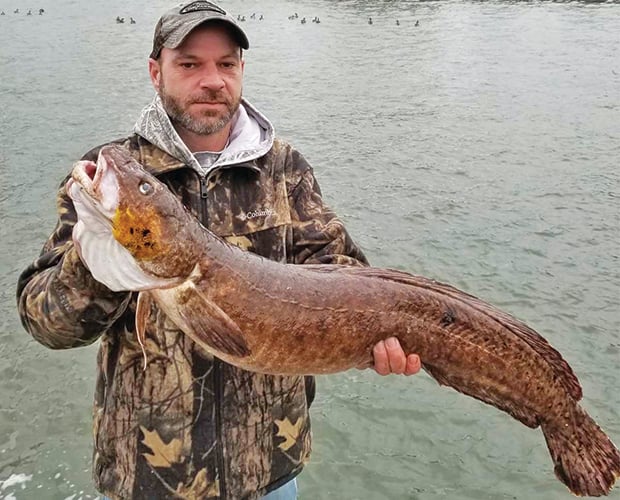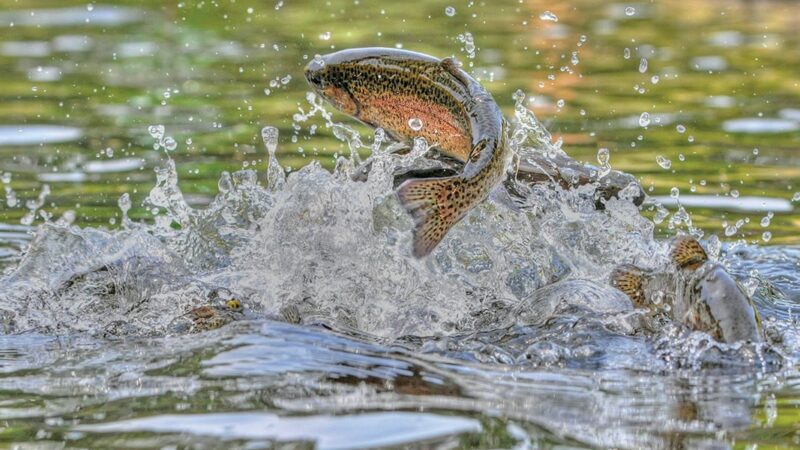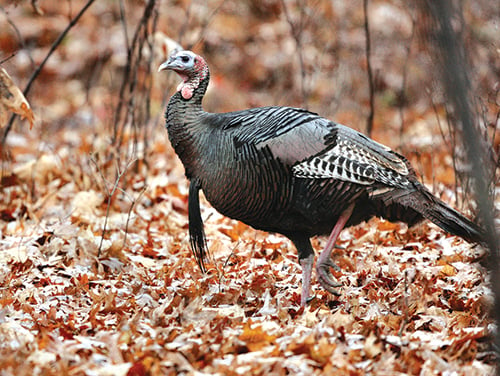Beyond Minnesota: Indiana’s state-record burbot caught from Lake Michigan – Outdoor News

Indianapolis — Anthony Burke, of Cedar Lake, Ind., was fishing for perch in Lake Michigan on Jan. 6 when he landed a burbot that was 37.25 inches long and weighed 14 pounds, 3.6 ounces. Burke’s catch bested the previous record, held by Phillip Duracz, by nearly 3 pounds.
Burbot are native to Lake Michigan. They typically spend most of their time offshore in deep, cold water in Illinois or Michigan’s jurisdictional waters. During late fall and winter, burbot move into shallower Indiana waters to feed and spawn.
“Unseasonably warm weather and light winds on Lake Michigan the last several winters have provided boaters with a longer open-water fishing season and more opportunities to catch fish that are usually not in our waters, like burbot,” said Ben Dickinson, DNR Lake Michigan fisheries research biologist.
Burbot are in the cod family and have firm, white flesh. Find more information about Lake Michigan fishing here. Minnesota’s record burbot – a 19-pound, 10-ounce specimen – was caught on Lake of the Woods.
— Indiana Department of Natural Resources
MORE COVERAGE FROM OUTDOOR NEWS:
Will 2024 be the year you go electric on the water?
Elected officials from Minnesota get earful on wolves during gathering that draws hundreds
KENYA
Rhino Relocation Project Aims to Improve Over Past Effort
Nairobi, Kenya (AP) — Kenya has embarked on its biggest rhino-relocation project and began the difficult work earlier this month of tracking, darting, and moving 21 of the critically endangered beasts, which can each weigh over a ton, to a new home.
A previous attempt at moving rhinos in the East African nation was a disaster in 2018, when all 11 of the animals died.
The latest project experienced early troubles. A rhino targeted for moving was successfully hit with a tranquilizer dart shot from a helicopter but ended up in a creek. Veterinarians and rangers held the rhino’s head above water with a rope to save it while a tranquilizer reversal drug took effect, and the rhino was released.
Wildlife officials have stressed that the challenging project will take time, likely weeks.
The black rhinos are a mix of males and females and are being moved from three conservation parks to the private Loisaba Conservancy in central Kenya, the Kenya Wildlife Service said. They are being moved because there are too many in the three parks and they need more space to roam and, officials hope, to breed.
Kenya has had relative success in reviving its black rhino population, which dipped below 300 in the mid-1980s because of poaching, raising fears that the animals might be wiped out in a country famous for its wildlife.
Kenya now has nearly 1,000 black rhinos, according to the wildlife service. That’s the third biggest black rhino population in the world behind South Africa and Namibia.
There are just 6,487 wild rhinos left in the world, according to rhino conservation charity Save The Rhino, all of them in Africa.
Kenyan authorities say they have relocated more than 150 rhinos in the last decade.
Six years ago, Kenya relocated 11 rhinos from the capital, Nairobi, to another sanctuary in the south of the country. All died soon after arriving at the sanctuary. Ten of them died from stress, dehydration, and starvation intensified by salt poisoning as they struggled to adjust to saltier water in their new home, investigations found. The other rhino was attacked by a lion.
The moving of the rhinos to Loisaba is poignant given the region was once home to a healthy black rhino population before they were wiped out in that area 50 years ago, said Loisaba Conservancy CEO Tom Silvester.
Kenyan wildlife authorities say the country is aiming to grow its black rhino population to about 2,000.






